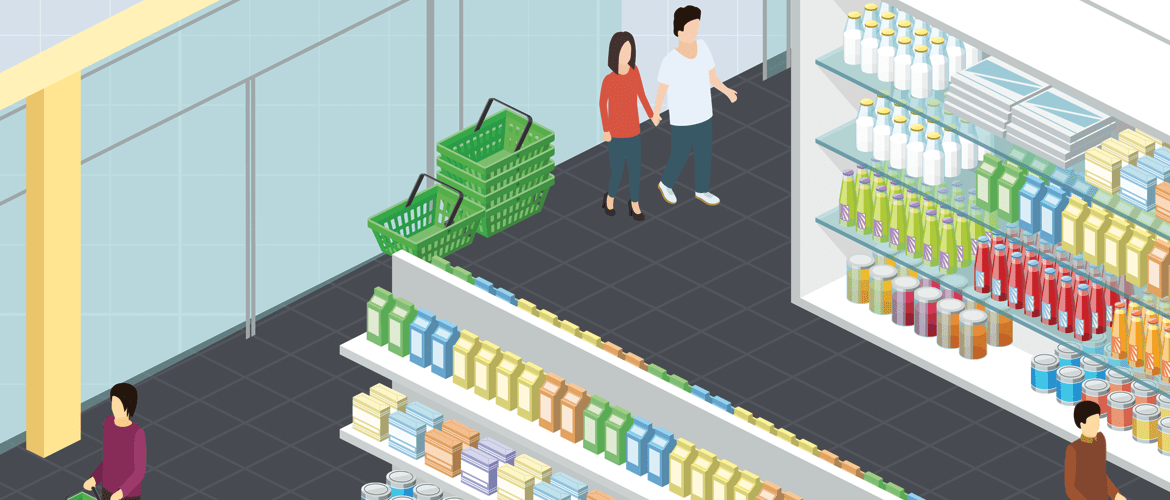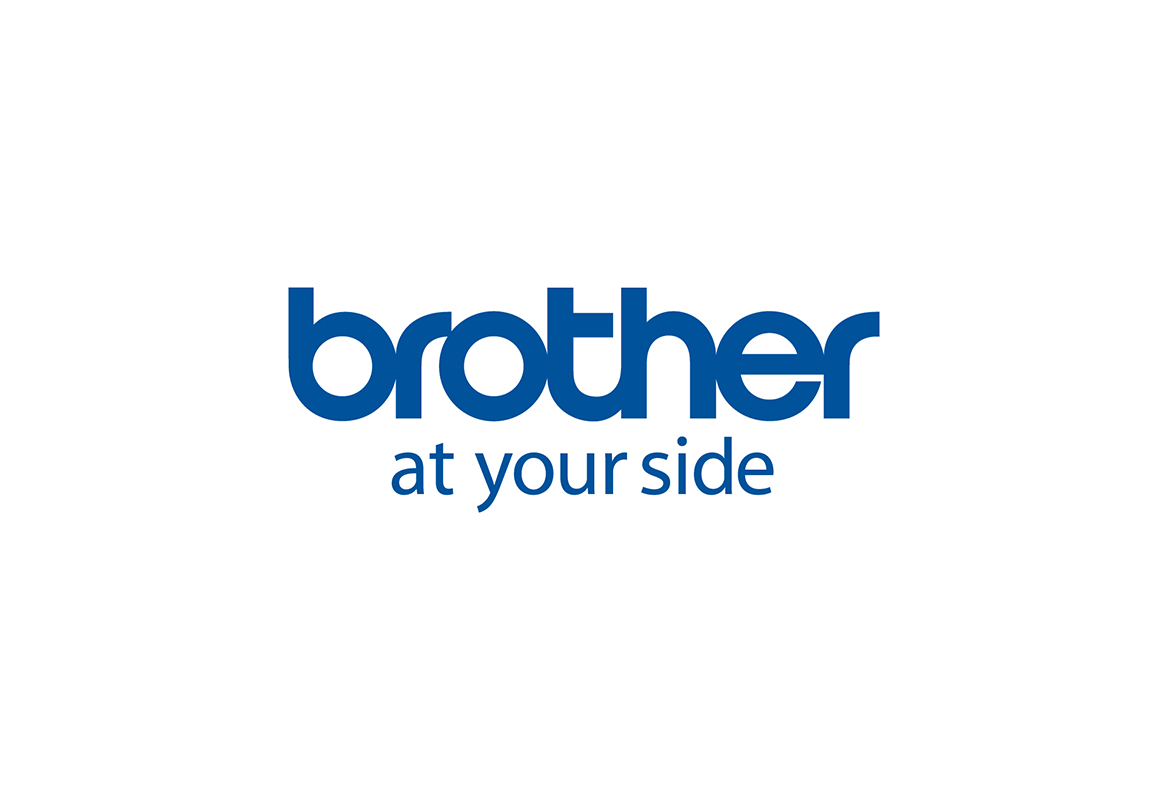
The modern convenience store IT system visualised
Ever wondered which technologies underpin the modern convenience store or corner shop? Our handy infographic is here to help.

The nature of convenience retail has changed. As supermarket brands have moved into the space traditionally occupied by smaller independent and franchised businesses, the way stores operate has grown much more complex.
“Running loyalty schemes, harnessing customer data and diversifying the products and services on offer, these things all need to be underpinned by a store’s IT system.” – Darren Nickels, operations manager, SPAR Northern Ireland
Getting personal
Today’s busy consumers want more from their convenience stores than traditional staples like bread, milk, booze and newspapers. Using data to understand and cater to a shopper’s increasingly complex needs has become essential to stay competitive.
Intelligent store layout
Being able to see from customer data which products are most popular with the specific visitors to a given store, managers can then build shelf layouts and merchandise around this to maximise revenue.
Smart stock management
As the products on offer become more complex in terms of shelf life – dairy and fresh produce for example – stock management systems need to be able to keep pace, day-by-day and hour-by-hour.
A connected sales force
A faster-moving stock management system means stock taking can be more laborious, so hand held inventory management scanners connected wirelessly to the store IT system are becoming more popular.
Wireless shop-floor printing
Being light-footed with product pricing and promotions can give stores a commercial advantage and help them keep pace with competitors. Wireless technology has brought label printing onto the shop floor, making the process faster and more efficient.
Managing in-store production
Many convenience stores are now diversifying into store-prepared meals. The store’s IT system needs to be able to manage stock of the ingredients involved to ensure supplies always match demand.
Catering to eat-in customers
Customers eating in means a separate point of sale. Running two disconnected tills can be very inefficient and error prone when managing stock and finances, so IT systems must be able to allow them to work together.
Loyalty schemes
Many of the functions above are underpinned by understanding customers’ shopping habits. Loyalty schemes are a key way of collecting this data and have been gaining ground in convenience retail in recent years.




